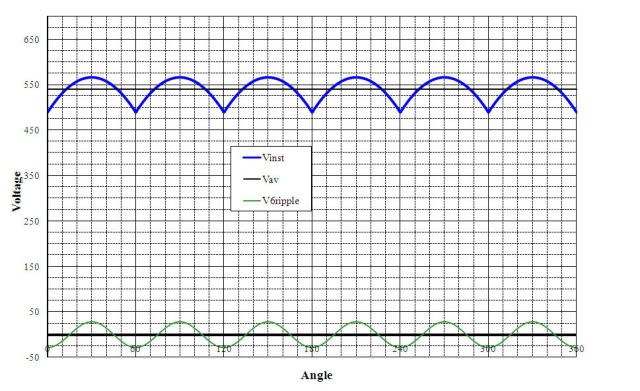ecohouse
Member
- Location
- Columbus, Ohio
I'm trying to design a system that includes an array that is approximately 320' from the customer's house.
I was originally thinking about having the inverter at the array and running AC back to the house, but the customer would like the inverter to be at his house, meaning DC from array to house now.
The DC will be at a higher voltage ~350V which will help with voltage drop consideration, I think....
This is where we run into a debate around the office and with other installers. What is best? and WHY?
Voltage drop is similar from AC to DC, correct? Possibly slightly less voltage drop is ideal when dealing with DC, <2%
Also, this is solaredge with optimizers, so before connected to inverter each optimizer puts out 1 volt, might see a larger loss with such a low voltage, but once turned on, I would think it's fine?
Thanks!
I was originally thinking about having the inverter at the array and running AC back to the house, but the customer would like the inverter to be at his house, meaning DC from array to house now.
The DC will be at a higher voltage ~350V which will help with voltage drop consideration, I think....
This is where we run into a debate around the office and with other installers. What is best? and WHY?
Voltage drop is similar from AC to DC, correct? Possibly slightly less voltage drop is ideal when dealing with DC, <2%
Also, this is solaredge with optimizers, so before connected to inverter each optimizer puts out 1 volt, might see a larger loss with such a low voltage, but once turned on, I would think it's fine?
Thanks!



